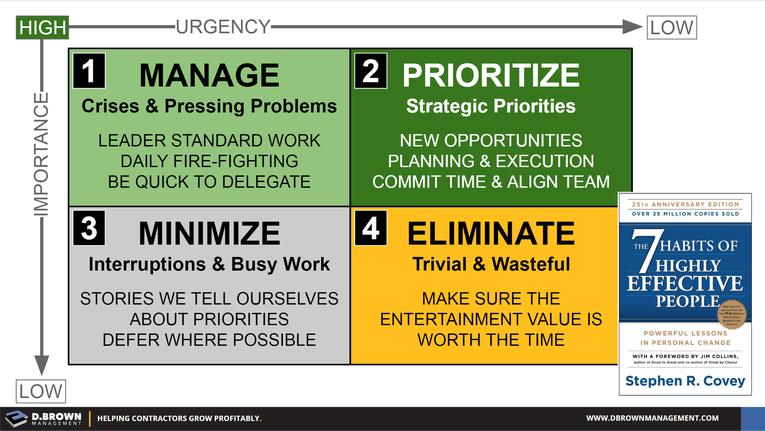Co-Founder and CEO of Omnics, the supply chain planning software that delivers superior brand performance.
Supply chain disruptions are not new. There have been pandemics, natural disasters and economical and political upheavals that have disrupted global supply chains in the past and will continue to do so in the future. We all need to learn to connect the dots and put into practice a proactive as well as a reactive supply chain; we need to implement a set of tools to enable us to make the best decisions for our business whether we are experiencing a disruption or not.
However, during supply chain issues, the urgent always takes priority over important. Historically, the supply chain has never been viewed as a competitive advantage but rather a cost center that needs to simply deliver what it has been asked to deliver. I believe the incentives for supply chain teams have been misaligned when solely focused on reducing costs and lowering working capital needs. Maybe, just maybe, the tables are starting to turn.
Is the intense focus today on supply chains temporary? I personally don’t believe so. The pandemic did add to the supply chain woes; however, the challenges we are facing today were years in making. Globalization, outsourced and stretched supply chains, shorter product life cycles, accelerated hardware development, ubiquitous smart tech requiring chips in everything and digitalization added to this surge in demand that we are seeing today. The chip shortage or port bottlenecks may ease later this year or next, but the expectation on the supply chains to deliver with accuracy, speed and flexibility will not. This is exactly where the important takes priority over the urgent.
The following is three major areas that supply chain leadership and professionals need to work on:

People
MORE FROMFORBES ADVISORBest Travel Insurance Companies
ByAmy DaniseEditorBest Covid-19 Travel Insurance Plans
ByAmy DaniseEditorThe past two years have proven that supply chains are the lifeblood of every industry. Companies are facing shortages of semiconductors, commodities, containers and trucks, but the bigger problem is a shortage of the talent and skills to plan, analyze and manage the digitalized supply chains of the future.
Firstly, the interest and passion for the supply chain field need to be generated at the grassroots level at schools, colleges and universities, where the next-generation workforce is molded. Industry and academia partnership is crucial for this. Secondly, existing supply chain management professionals need to upskill and reskill for what’s coming next. This is a requirement for everyone who is part of a supply chain — from shop-floor to top-floor.
From planning, analytics, manufacturing and product development to logistics and warehousing, the current and future workforce needs to learn and practice new processes, software tools and strategies. Companies, large and small, including startups, need to dedicate resources and invest in this endeavor if they want to cultivate and retain the best talent and build a competitive advantage.
Process
Supply chains have always been cost centers. If the business strategy is to minimize the costs at all costs, then the supply chain strategy would serve that without much regard for balancing the risks that are associated with such a strategy. You cannot predict the future, but hindsight is 20/20, and it tells us that we need to be ready for disruptions of all kinds. One important step in this direction is to have a playbook or framework for managing supply chain disruptions.
This playbook should have clear and actionable processes for managing supply chains — from strategic and operational plans to the execution of every function. As an example, what is the process, frequency and trigger for analyzing and redesigning the supply chain network to mitigate the risks of the next pandemic, geopolitical situation or trade war? What are the rules and actions to take when a key supplier factory catches fire or a shipping port is backed up?
Technology
For all the talk of artificial intelligence (AI) and machine learning (ML) in the supply chain, I believe in augmenting human intelligence with software technology to unlock supply chain potential. Supply chain planning and management using spreadsheets and email becomes exponentially complicated and unwieldy as days go by. Make it a priority to fix it before it implodes.
Put together a tiger team, a specialized and cross-functional group, with domain expertise in planning along with senior operational leaders. Use an evolutionary, step-by-step approach in supply chain digital transformation versus a revolutionary change. Automate non-value add tasks through robotic process automation (RPA), enable rapid what-if analysis and unify data models across the supply chain to optimize the operational performance. Once you have foundational solutions, stay focused on continuous improvement to make your planning team efficient and effective. The software technology needs to enhance the output, quality and speed of decision making.
I have highlighted just a few key important areas that supply chain professionals and leadership needs to invest their time and resources. There are of course more, but only a focused effort on these important aspects will ensure that we can plan, manage, improve and sustain the next generation of supply chains. There will always be urgent matters, but these important matters in the supply chain simply cannot be ignored anymore.
Forbes Business Council is the foremost growth and networking organization for business owners and leaders. Do I qualify?




